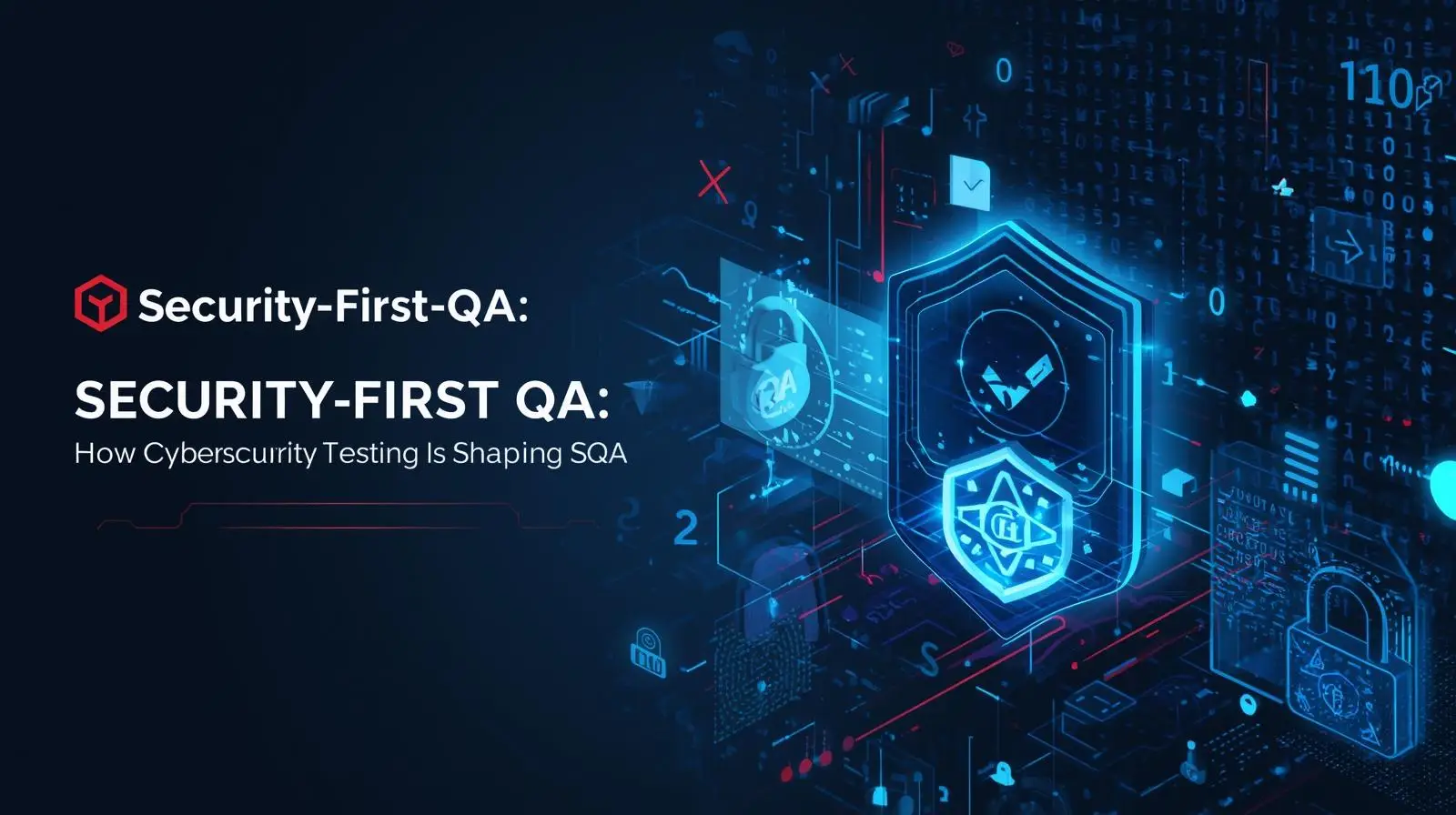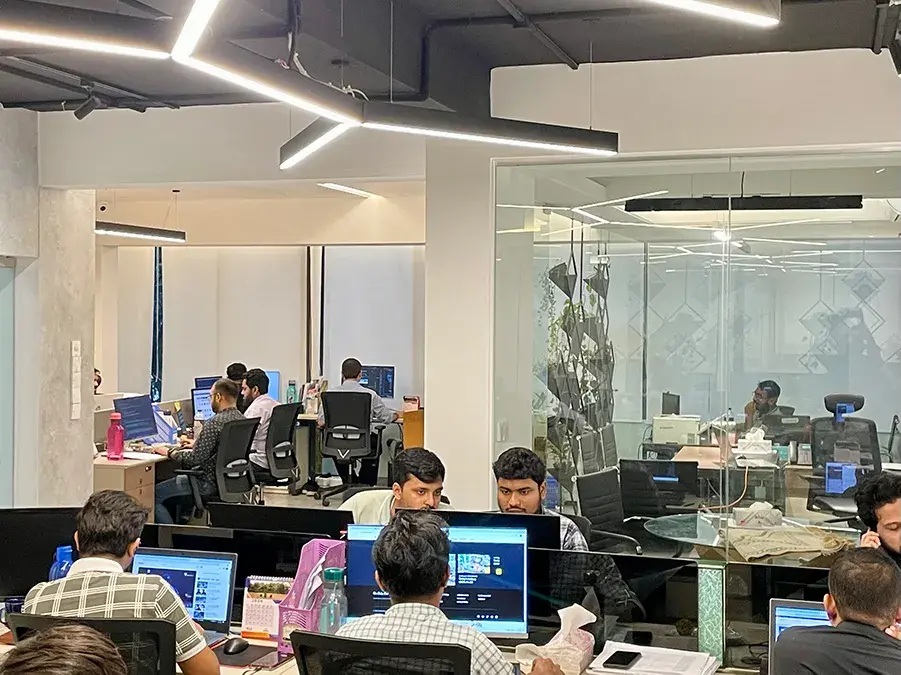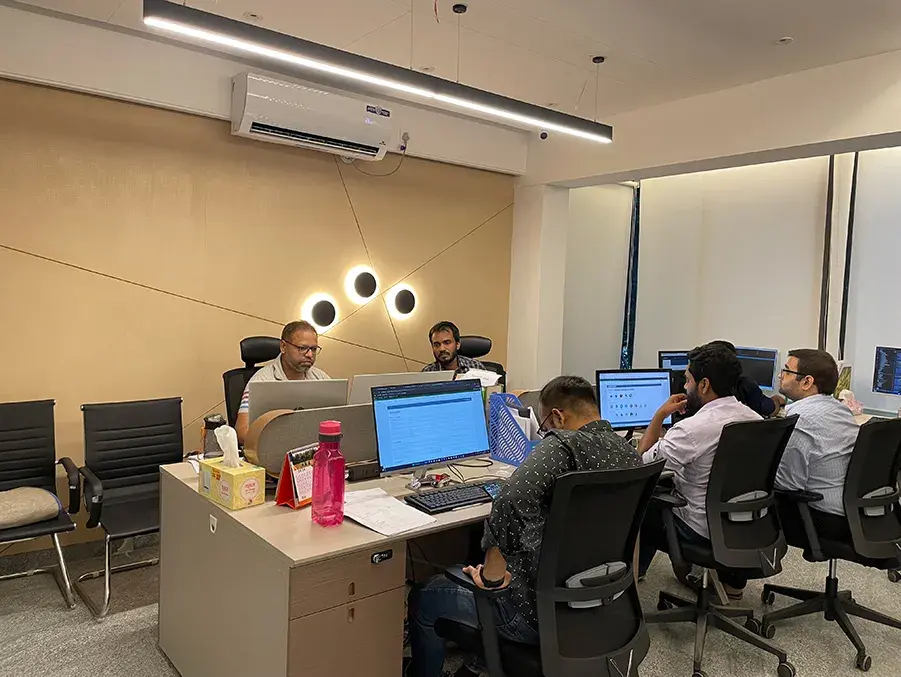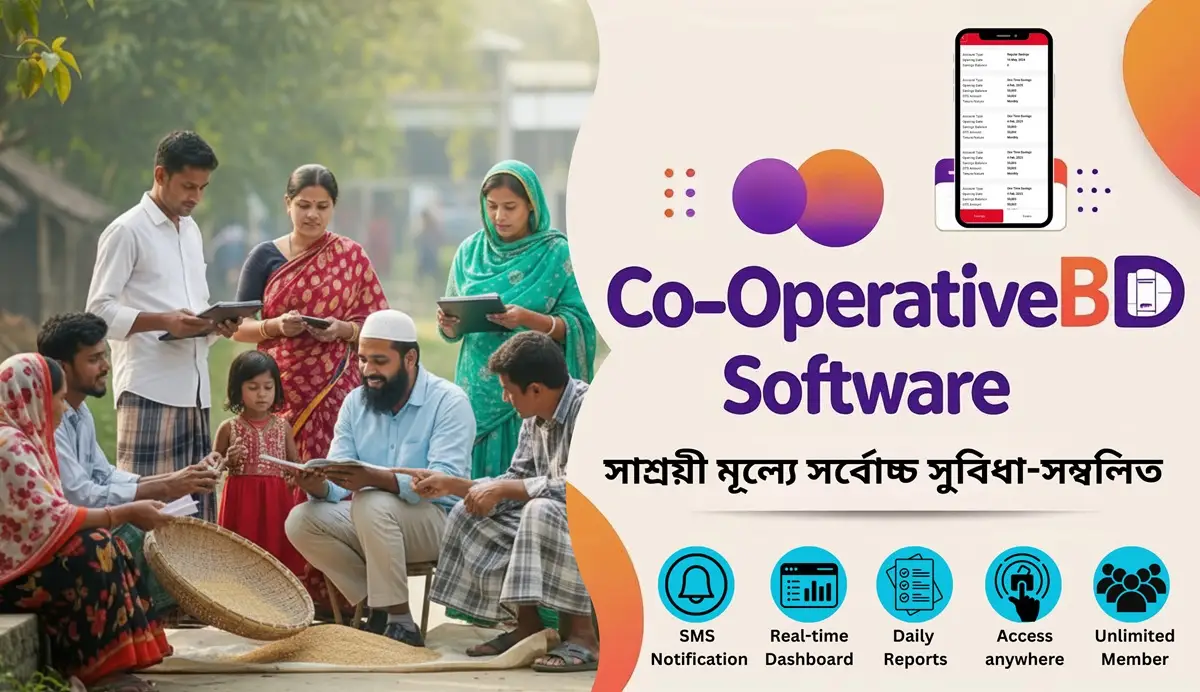
Security-First QA: How Cybersecurity Testing is Shaping SQA in 2026
Software Quality Assurance (SQA) is a process that assures that all software engineering processes, methods, activities, and work items are monitored and comply with the defined standards.
With rising cyber threats, stricter regulations, and customer trust tied to data protection, integrating cybersecurity testing into QA pipelines has become essential to avoid breaches, penalties, and reputational risks.
Why Security-First QA
The urgency behind security-first QA comes from three powerful trends:
Rising Cyber Threats
- AI-powered malware, phishing, and ransomware.
- A single vulnerability can compromise millions of users in seconds.
Regulatory Pressure
- Global laws like GDPR, CCPA, HIPAA, ISO and NIST frameworks.
- Non-compliance can lead to fines in the millions of dollars.
Customer Trust & Market Demand
- Users now expect secure-by-default applications.
Key Cybersecurity Testing Techniques in 2026
1. Static Application Security Testing
- Scans source code for vulnerabilities before execution.
- Example: Detecting hardcoded credentials or insecure APIs.
2. Dynamic Application Security Testing
- Tests running applications in real environments.
- Example: Identifying SQL injection vulnerabilities during execution.
3. Penetration Testing with AI Bots
- Automated “ethical hacking” using AI-generated attack scenarios.
- Simulates how cybercriminals might exploit weaknesses.
4. Automated Vulnerability Scanning in CI/CD
- Every code commit triggers automated scans.
- Ensures shift-left security testing.
5. Threat Modeling & Risk-Based Testing
- Predicts where vulnerabilities are most likely to appear.
- QA teams prioritize testing high-risk areas.
6. Security Chaos Engineering
- Intentionally injects failures and attacks to test resilience.
- Example: Simulating a DDoS attack on staging environments.
Security-First QA Practical checklist for teams implementing
1. Baseline hygiene:
- Enforce SAST + dependency scanning on every pull request.
- Fail builds on critical/high vulnerabilities.
2. Governance:
- Log all security test inputs & model prompts (auditability).
- Define data privacy rules for any test data generation.
3. Risk triage & KPIs:
- Track: vulnerabilities per release, mean time to detection (MTTD), mean time to remediation (MTTR), false-positive rate.
- Prioritize fixes by exploitability, not just severity score.
4. AI and Human roles:
- Humans: threat modelers, incident owners, policy approvers.
- AI: test-case generator, anomaly taster, candidate patch proposer.
- Always require human sign-off for production fixes suggested by AI.
5. CI/CD integration:
- Make vulnerability scanning, container image checks, and IaC linting mandatory pipeline stages.
- Add automated remediation suggestions.
6. Resilience practice:
- Run security chaos tests quarterly to validate detection and recovery.
- Maintain and test an incident playbook for the top 5 likely threats.
Software Quality Assurance (SQA) Testing Companies:
- Katalon Studio (U.S.)
- Cognizant (U.S.)
- HP (U.S.)
- Worksoft Certify (U.S.)
- IBM (U.S.)
- Tricentis Tosca Testsuite (Texas)
- Hexaware (India)
- Wipro (India)
- TCS (India)
- Infosys (India)
- Capgemini (France)
Tools & Platforms Driving:
- OWASP ZAP
- Checkmarx
- Veracode
- GitHub Advanced Security
Benefits of Software Quality Assurance (SQA):
- Saves time & resources
- Independent, unbiased quality review
- Faster, cleaner product releases
- Scalable services based on project needs
- Access to global QA best practices
QA and security are converging. Quality engineers in 2026 will need fluency in both test automation and security assessment. As one industry expert puts it, security-first QA transforms the role of testing from a final quality gate into a “critical security measure”. By embracing this approach now, QA teams prepare not just for upcoming regulations and threats, but for a future where “secure by design” is simply how software is assured.






_1760528543.webp)

